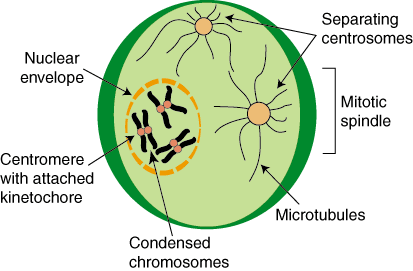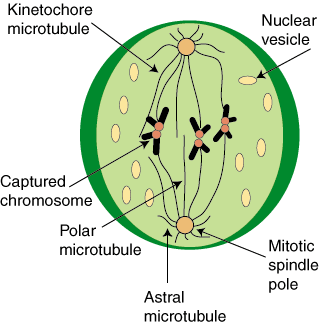Suggestions
Use up and down arrows to review and enter to select.Please wait while we process your payment
If you don't see it, please check your spam folder. Sometimes it can end up there.
If you don't see it, please check your spam folder. Sometimes it can end up there.
Please wait while we process your payment

By signing up you agree to our terms and privacy policy.
Don’t have an account? Subscribe now
Create Your Account
Sign up for your FREE 7-day trial
Already have an account? Log in
Your Email
Choose Your Plan
Individual
Group Discount
Save over 50% with a SparkNotes PLUS Annual Plan!
 payment page
payment page
Purchasing SparkNotes PLUS for a group?
Get Annual Plans at a discount when you buy 2 or more!
Price
$24.99 $18.74 /subscription + tax
Subtotal $37.48 + tax
Save 25% on 2-49 accounts
Save 30% on 50-99 accounts
Want 100 or more? Contact us for a customized plan.
 payment page
payment page
Your Plan
Payment Details
Payment Summary
SparkNotes Plus
You'll be billed after your free trial ends.
7-Day Free Trial
Not Applicable
Renews December 1, 2024 November 24, 2024
Discounts (applied to next billing)
DUE NOW
US $0.00
SNPLUSROCKS20 | 20% Discount
This is not a valid promo code.
Discount Code (one code per order)
SparkNotes PLUS Annual Plan - Group Discount
Qty: 00
SparkNotes Plus subscription is $4.99/month or $24.99/year as selected above. The free trial period is the first 7 days of your subscription. TO CANCEL YOUR SUBSCRIPTION AND AVOID BEING CHARGED, YOU MUST CANCEL BEFORE THE END OF THE FREE TRIAL PERIOD. You may cancel your subscription on your Subscription and Billing page or contact Customer Support at custserv@bn.com. Your subscription will continue automatically once the free trial period is over. Free trial is available to new customers only.
Choose Your Plan
For the next 7 days, you'll have access to awesome PLUS stuff like AP English test prep, No Fear Shakespeare translations and audio, a note-taking tool, personalized dashboard, & much more!
You’ve successfully purchased a group discount. Your group members can use the joining link below to redeem their group membership. You'll also receive an email with the link.
Members will be prompted to log in or create an account to redeem their group membership.
Thanks for creating a SparkNotes account! Continue to start your free trial.
We're sorry, we could not create your account. SparkNotes PLUS is not available in your country. See what countries we’re in.
There was an error creating your account. Please check your payment details and try again.
Please wait while we process your payment

Your PLUS subscription has expired
Please wait while we process your payment
Please wait while we process your payment

Prophase and Prometaphase
As we discussed in cell cycle, before cells are allowed to enter M phase they must meet certain cellular requirements. Among these requirements are appropriate cell size and cellular environment. Following DNA replication in S phase, cells contain twice their normal number of chromosomes. Because cells that undergo mitosis are diploid, their number of chromosomes can be represented as 2N, where N equals the number of distinct chromosomes in the cell. Cells about to enter M phase, which have passed through S phase and replicated their DNA, have 4N chromosomes. Entry into M phase is allowed by the formation of the mitotic cyclin-Cdk complex known as M phase-promoting factor that occurs as a cell cycle regulatory mechanism in the G2 phase.
The first phase of mitosis within M phase is called prophase. It follows G2, the final phase of interphase. A cell entering M phase manifests a number of physicsl signs. Among these are condensation, or thickening, of chromosomes. Chromosome condensation is visible through a microscope and is required for subsequent chromosome separation during later stages of mitosis. Another physical characteristic of cells beginning mitosis is the sprouting of microtubules from replicated centrosomes. Microtubles are protein filaments on which chromosomes migrate during mitosis.

As we discussed, prophase is marked by very thick and dense chromosomes. At this phase, the chromosomes are still enclosed in the cell nucleus within the nuclear envelope. The chromosomes also contain a centromere, which is necessary in later phases for attachment to microtubules for migration. Late in prophase, kinetochores assemble on the centromeres. Specialized microtubules, called kinetochore microtubules later attach to these sites. Duplicated centrosomes, which are the organizing centers of microtubules, begin to separate towards opposite poles of the cell. The network of cytoskeletal components begins to break down and the mitotic spindle forms. The mitotic spindle is an arrangement of microtubules that is responsible for aligning duplicated chromosomes in later phases.

The major event marking a cell's entry to prometaphase is the breakdown of the nuclear envelope into small vesicles. Kinetochores also become fully matured on the centromeres of the chromosomes. The disruption of the nuclear envelope allows for the mitotic spindles to gain access to the mature kinetochores. As the microtubles of the mitotic spindle enter the nuclear region, some attach to the kinetochores making them kinetochore microtubules. The remaining microtubules are called non-kinetochore microtubules. Sister chromatids are captured by microtubules stemming from centrosomes on opposite ends of the cell. Once they have captured chromosomes, the kinetochore mictrotubles begin to exert force on the chromosomes, moving them.
Please wait while we process your payment

